
The Best Herbs to Grow indoors or in Low Light Situations Best herbs
Basil. Basil thrives indoors with at least 6-8 hours of sunlight to prevent legginess. Basil is a warm-weather herb that traditionally ends its life when temperatures dip below 40°F. Indoor growing opens up another world of year-round pizza, pasta, and pesto without relying on frozen or preserved leaves.

A Guide to Growing Herbs Indoors with Artificial Light
A few common varieties to grow include peppermint, spearmint, and chocolate mint, says McCabe. Mint should be planted in its own container due to its invasive nature. To harvest, pinch off leaves or stems regularly to maintain shape and encourage new growth. Avoid over-harvesting. Mature height: 12 to 24 inches.

The Easiest Herbs to Grow Indoors with Low Light
Though they can handle brighter light, inside they prefer a cool location with indirect sun. 7. Lemon Balm. Also called balm mint, lemon balm is highly fragrant, and commonly used in teas or potpourri. This is another one of the best herbs for growing indoors because it thrives in low light conditions.
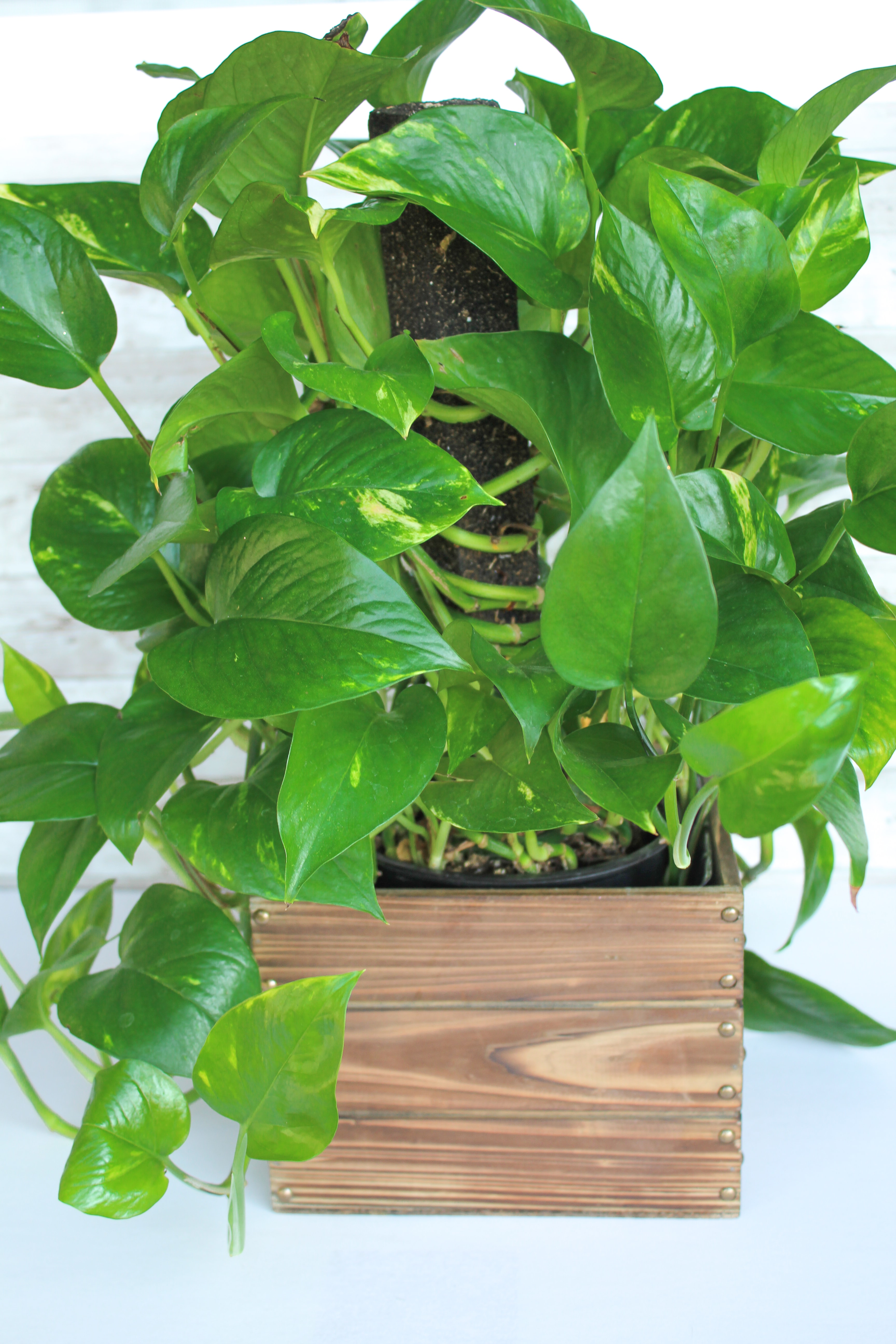
10 LowLight Indoor Plants the Can Thrive in Your Home and Office
Luckily, parsley can adapt well to low light conditions. You can place it in a partially shaded area or near a west or east-facing window. Water the plant when the top inch of soil feels dry to the touch, and watch it thrive in your indoor garden. You can grow your parsley with several other companion plants like basil or chives. 4. Oregano
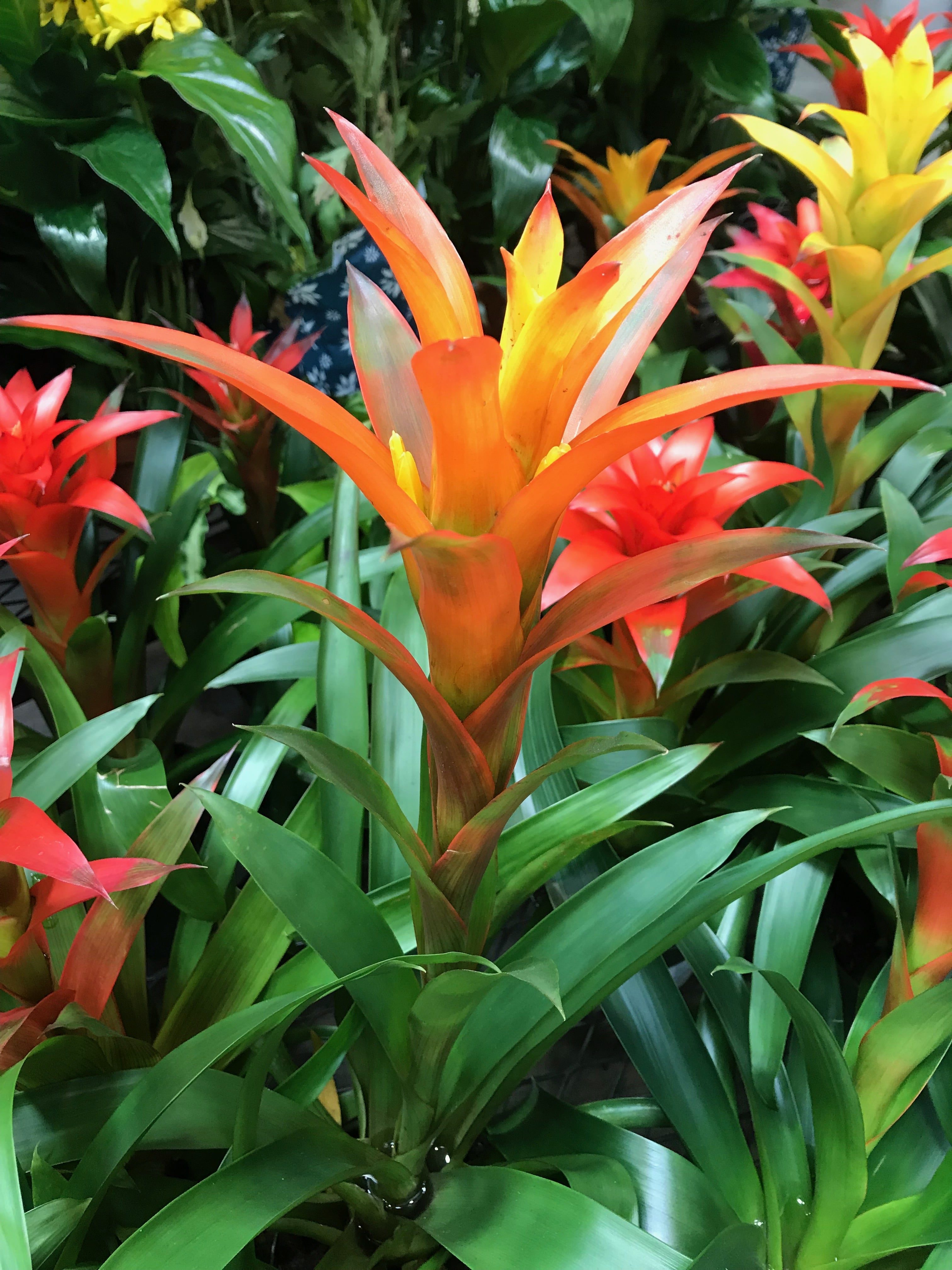
10 LowLight Indoor Plants the Can Thrive in Your Home and Office
It's fun to grow herbs indoors, but caring for them can be a bit of a struggle. Two of the most important things to consider before getting started are choosing the right varieties, and also the best location. Choosing Herbs For Growing Indoors. There are tons of different kinds of herbs that grow well inside, and many can live as houseplants.
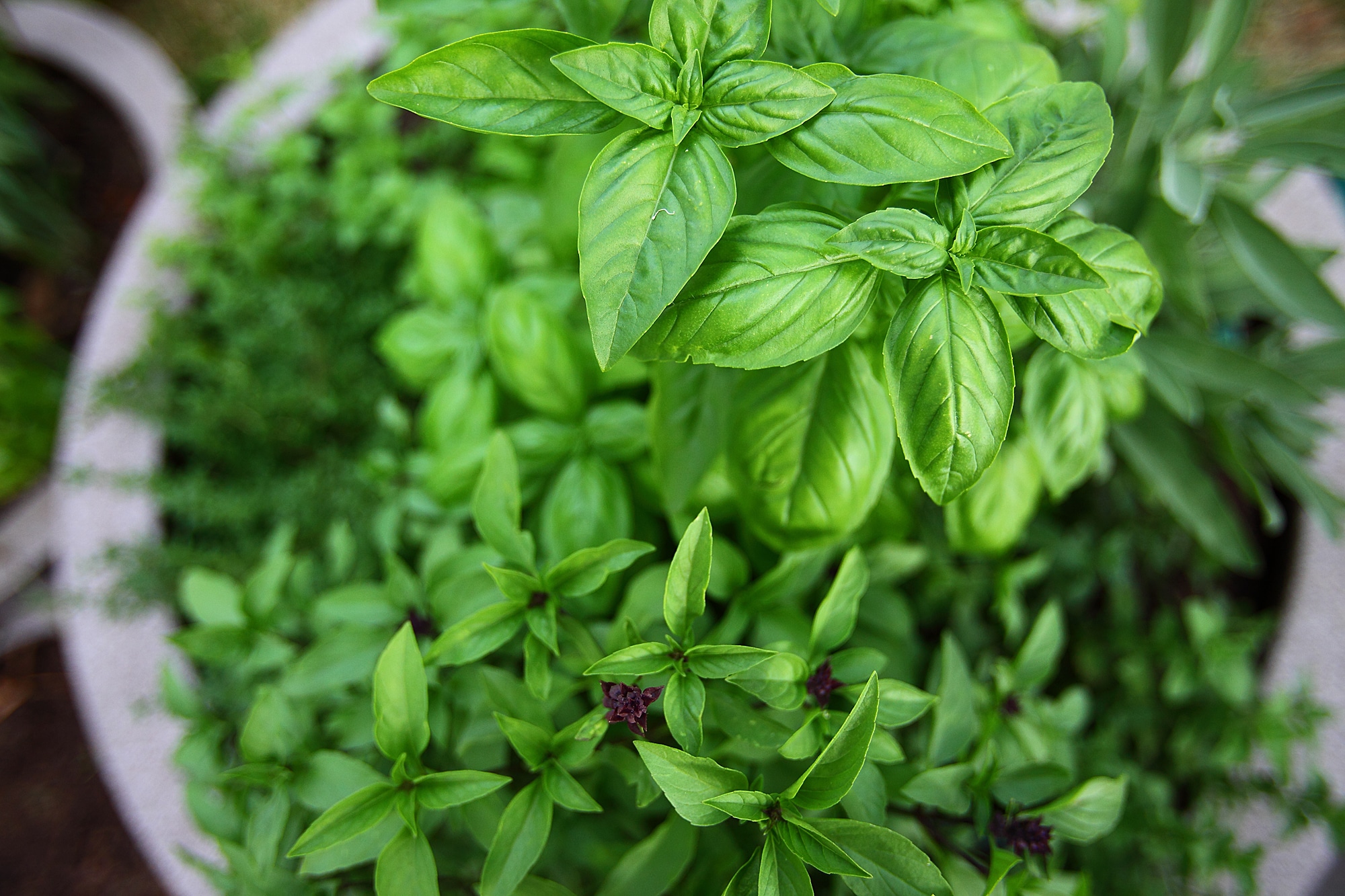
Growing Herbs Indoors Seed Bank
The T op 5 Herbs for Indoor Growing These fragrant edibles are easy to grow indoors and will spice up any winter dish (or doldrums). Photo: Ann E. Stratton Winter savory (Satureja montana, Zones 5-8) Compared to summer savory, winter savory has a muted taste.

15 Best Ways To Grow Herbs Indoors.
6. Thyme. Thyme is another easy to grow herb that doesn't need a lot of care. It does need a lot of light to grow well though, so make sure to keep it in a south-facing window or under grow lights. Thyme doesn't need a lot of water, so let it dry out a bit in-between waterings. 7. Mint.

9 Herbs You Can Grow Indoors All Year One Hundred Dollars a Month
Caring for Herbs Indoors. Once inside make sure to give them a thorough watering about once a week, more if they start to wilt. Just set them in the sink and let the water run through them. Once they've had a chance to drain well, move them back into place. I usually don't bother with fertilizer but you can give them some weak all-purpose plant.

14 Houseplants That Thrive In Low Light Best indoor plants, Inside
Mint. Oregano. Parsley. Sweet cicely. Tarragon. Thyme. In addition to culinary herbs, gardeners might wish to focus their indoor herb gardening experiences on scented plants, such as: Catmint - This mint family member is related to catnip, but catmint has a shorter, more compact stature making it better suited for indoor herb gardening.
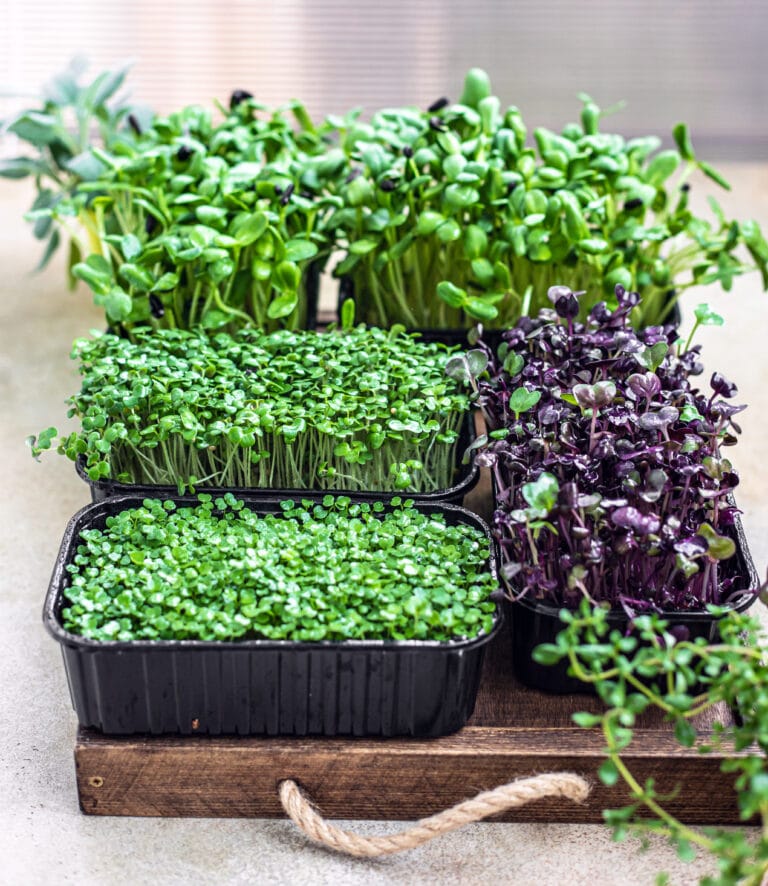
11 Of The Best Vegetables To Grow Indoors (2022)
Native to Sri Lanka and India, lemongrass is a fragrant, ornamental grass that can grow up to 4 feet tall and 3 feet wide. Hardy to zones 10-11, it can also be grown as an annual in cooler climates. Place it in a bright, sunny location indoors and keep it watered regularly. Mature height: 2-4 feet tall, 2-3 feet wide.
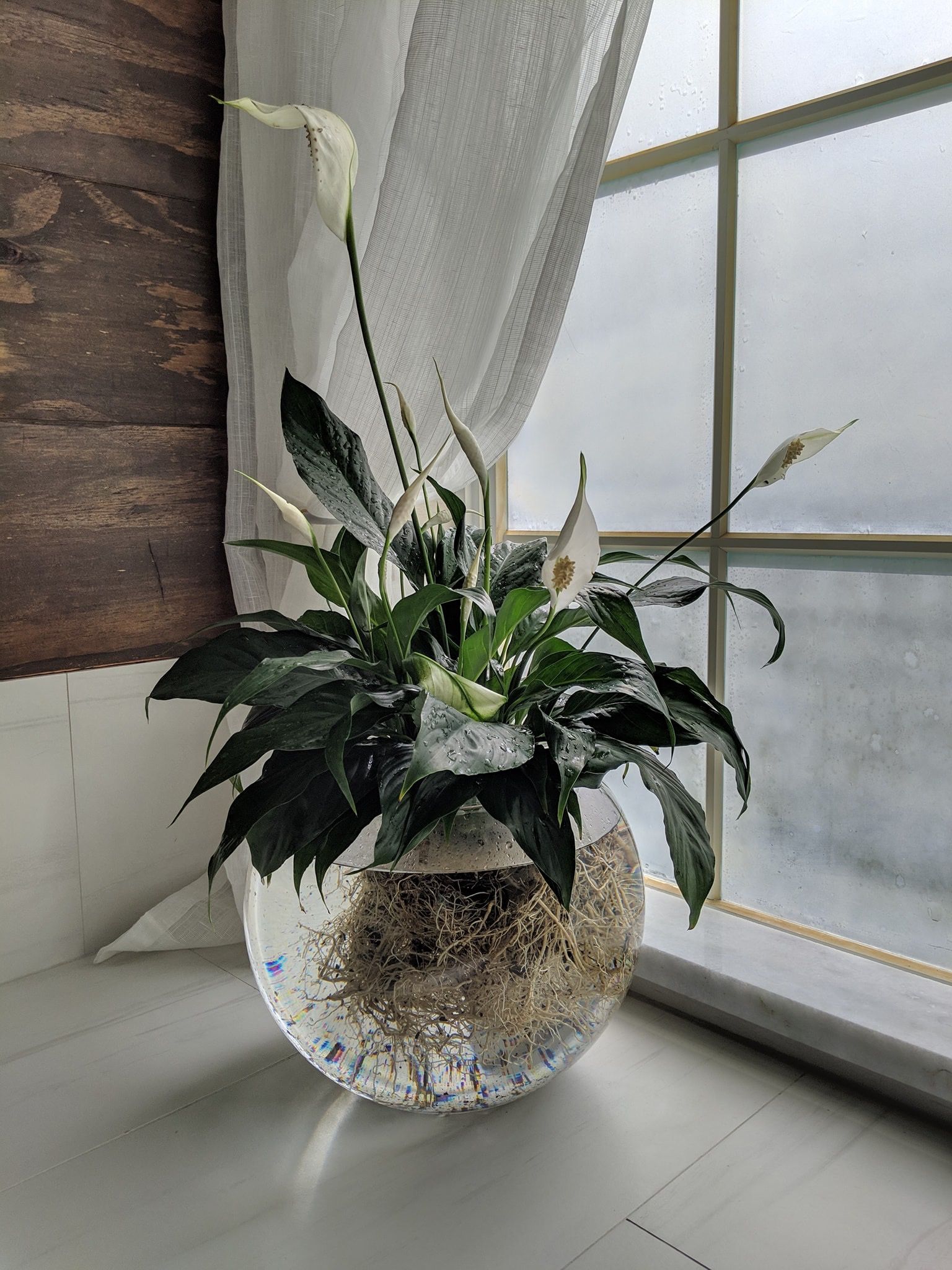
9 Amazing Indoor Plants That Grow In Water
Parsley. Treehugger / Lesly Junieth. Parsley is a flexible herb that grows easily indoors. Sow a few seeds on the surface of the soil and cover with about a quarter inch of soil. Once established.
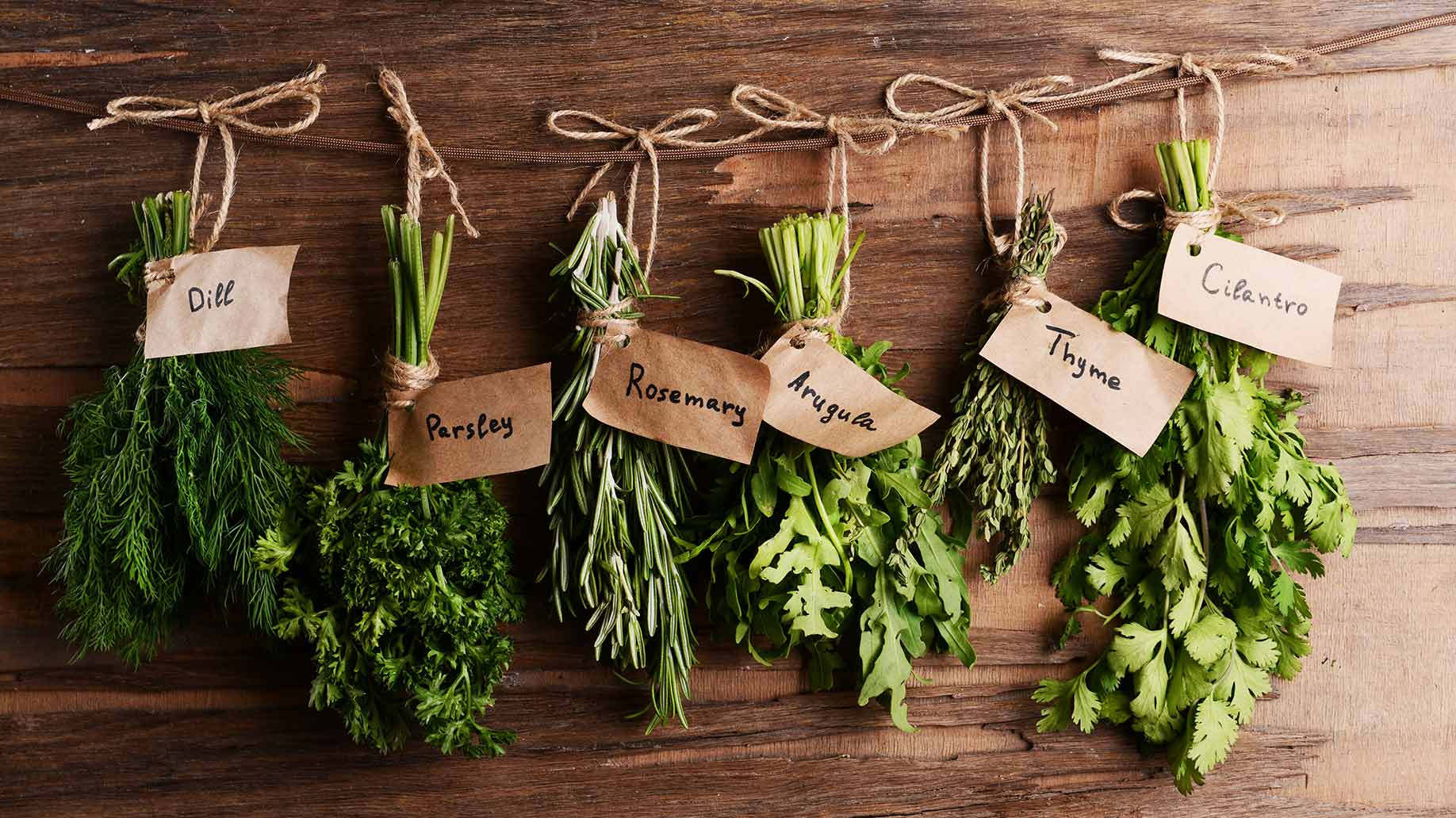
6 Best EasytoGrow Plants for Your Indoor Herb Garden (YearRound)
3. Sage. Sage is an easy herb to grow indoors without natural sunlight, because it only requires 6-8 hours of indirect light per day, and water every 3 days or so. When choosing where to put your sage plants, keep in mind that they will get bigger than other herbs (up to 18 inches high) and need plenty of space.
/GettyImages-173850748-44e020f9303d4fcc951b886a8529ae3c.jpg)
Best Herbs That Grow in Full Sun
Most herbs can be grown indoors, but those that tend to really thrive inside include no-fuss picks like basil, chives, mint, oregano, parsley, rosemary and thyme. You can start herbs from seed or cuttings, which is a branch of an existing plant cut at the node and soaked in water until new roots sprout. However, you may find it much easier and.

LowLight Houseplants You Don’t Need a Green Thumb to Keep Alive
As detailed in this scientific publication, the light level of any indoor space can be categorized as low, medium, high, very high. The same terminology is used to indicate the light requirements of any herb. The term "shade" is often used (or misused) to indicate a low to medium light level. Hence, an herb that does not need full sunlight.
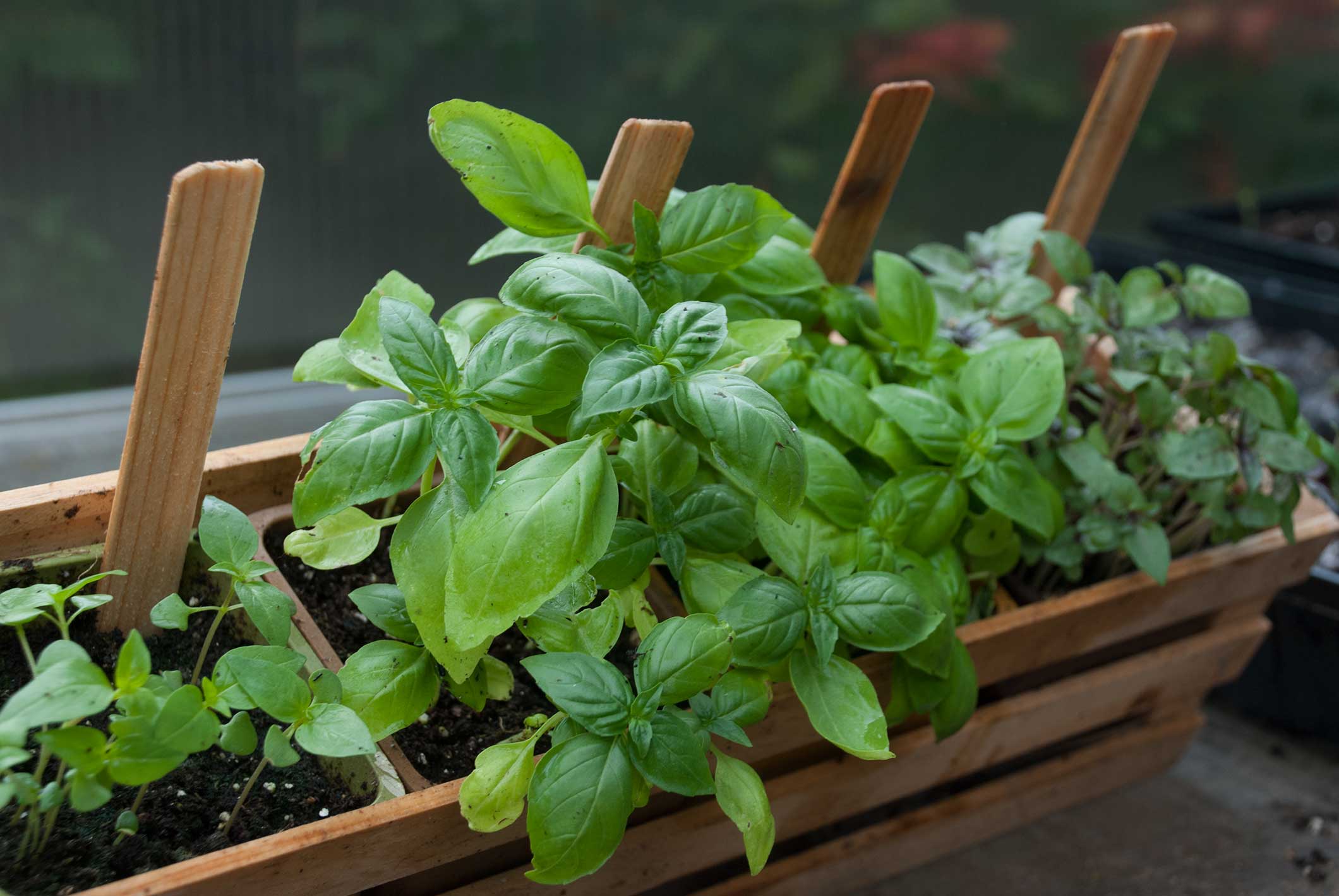
How to Grow Herbs Indoors
1. Basil. Basil is one of the easiest herbs to grow indoors, provided you give it sufficient light. Like most herbs, basil is a sun-lover, and it requires four hours of light every day to thrive. However, the herb also does well under grow lights, and with a commercial compact fluorescent bulb, you can grow sufficient basil to keep your kitchen.
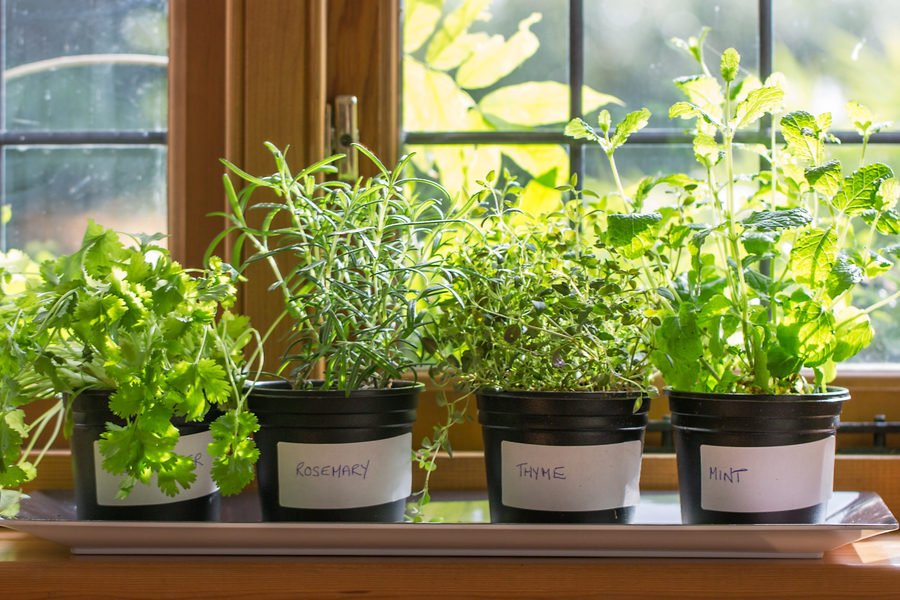
How To Grow Herbs Indoors This Winter 5 Perfect Herbs To Try Inside!
Rosemary. A fragrant, evergreen herb with needle-like leaves and white, pink, or blue flowers. Grow rosemary it in sandy, well-draining soil. Use fluorescent bulbs but you have to keep them on for 20 hours. After that, give it some rest of 4-5 hours and on them again. It does best at 16 DLI or 900-foot candles.